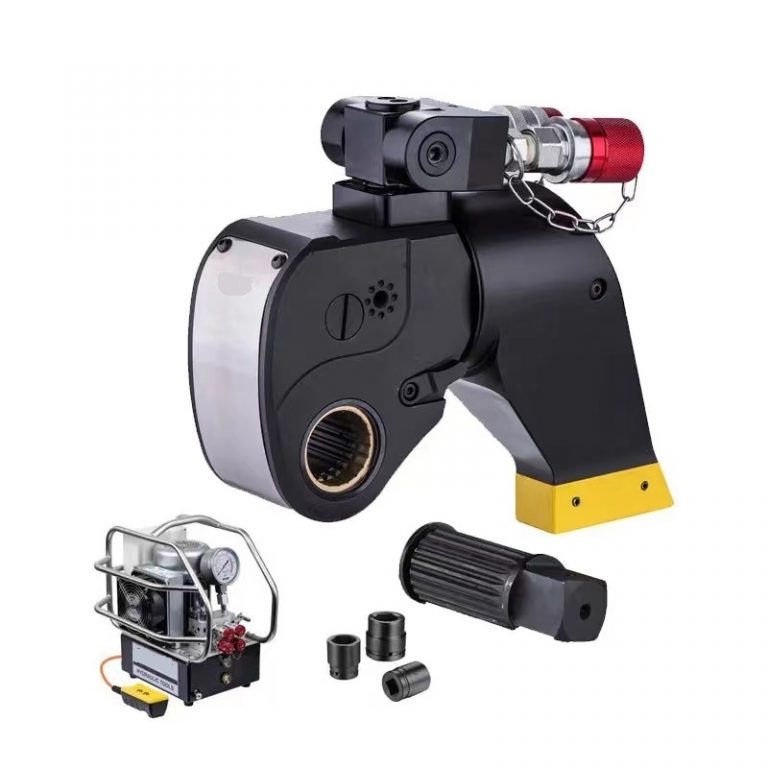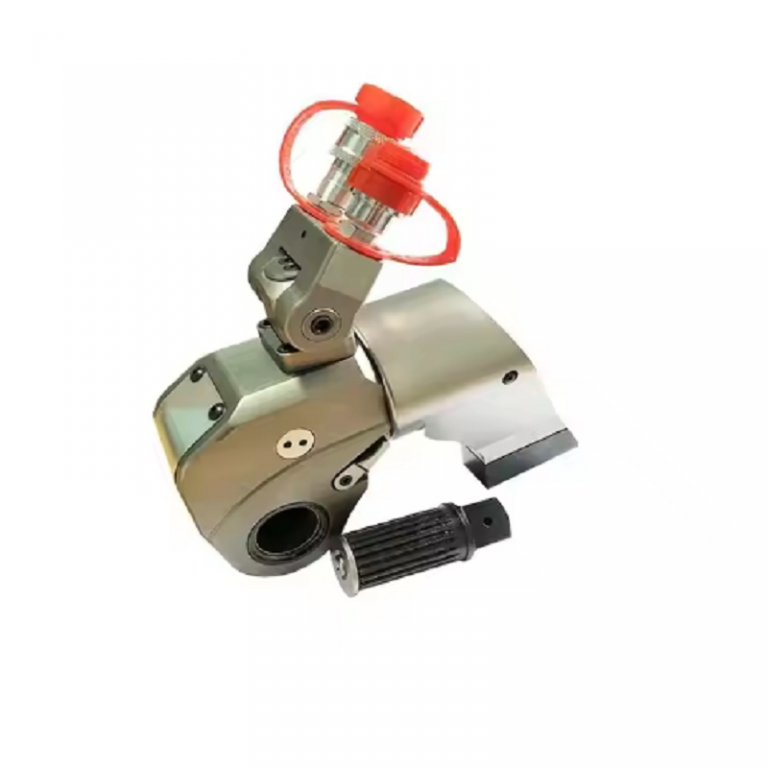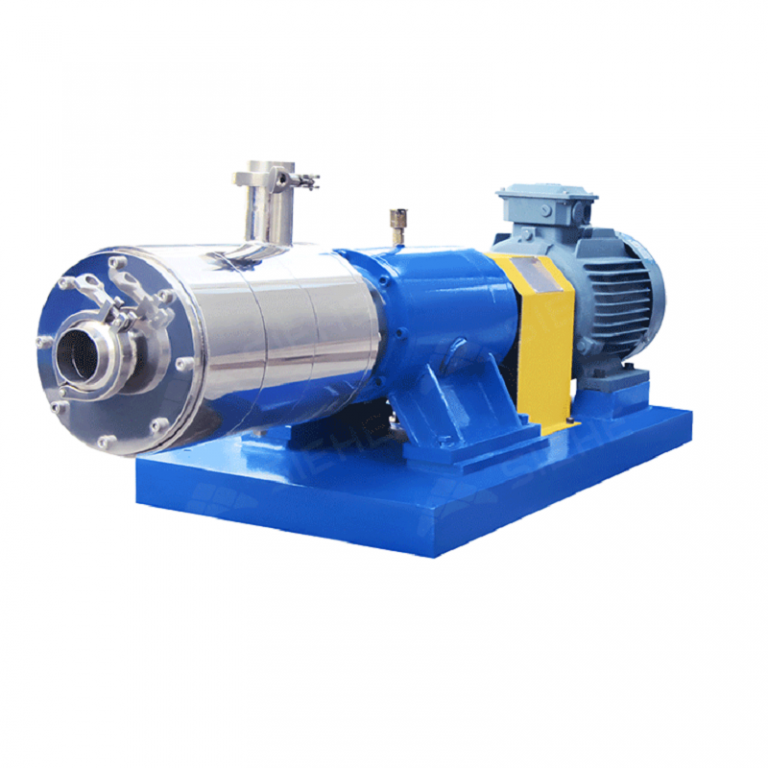What Industries Use Pre-filters?
Pre-filters, as the "first line of defense" in air filtration systems, have extremely wide applications, covering almost all areas requiring air purification. Generally speaking, pre-filters are mainly used in any place with central air conditioning, fresh air systems, or air purification equipment. Their primary task is to capture larger particles, protecting downstream medium- and high-efficiency filtration equipment and the air conditioning system itself. The following are the main industries and specific scenarios where pre-filters are used, which can be divided into several categories: 1. HVAC Industry This is the largest and most basic application area for pre-filters. Commercial Buildings: Office buildings, shopping malls, shopping centers, hotels, banks, theaters, stadiums, etc. Pre-filters are installed at the return air vents or fresh air inlets of the central air conditioning systems in these places to filter pollen, catkins, dust, insects, etc., from outdoor air, protecting internal components such as air conditioning condensers and heaters from contamination, extending equipment life, and initially improving indoor air quality. Public Facilities: Subways, airports, train stations, hospital lobbies, schools, libraries, museums, etc. 1. High Traffic Flow: Introducing fresh




